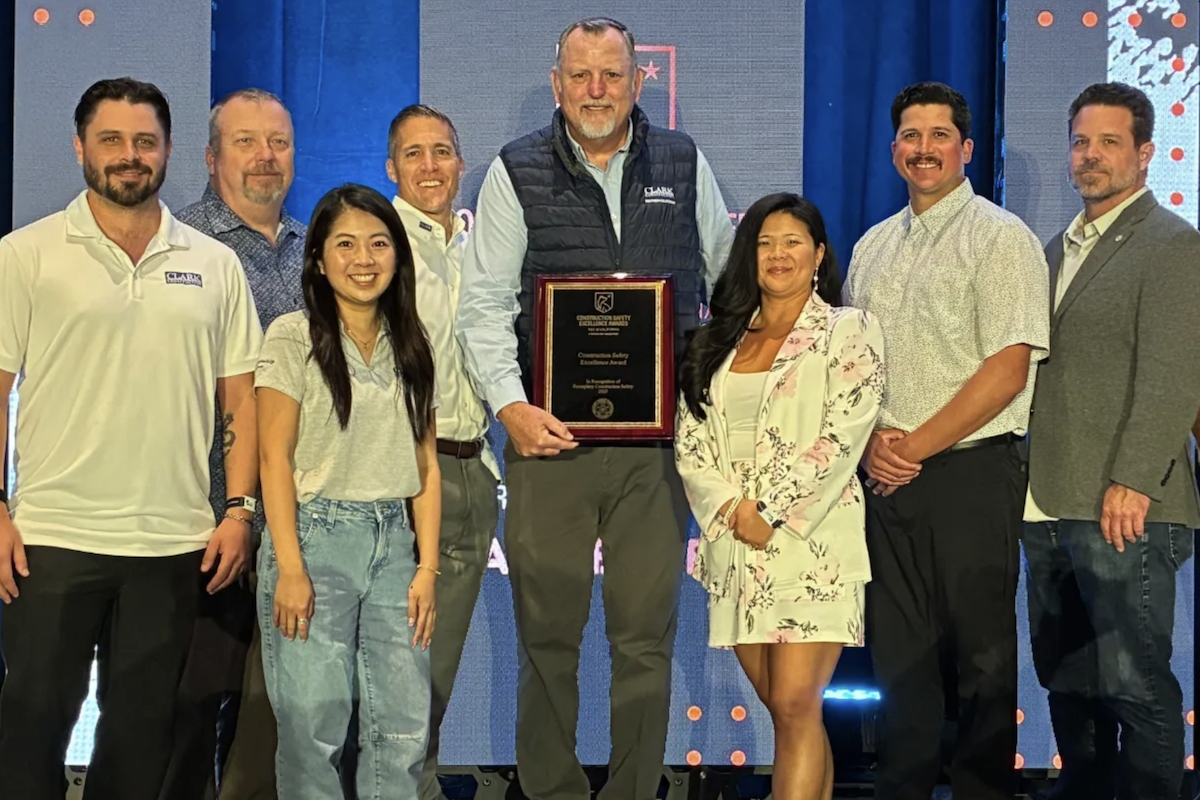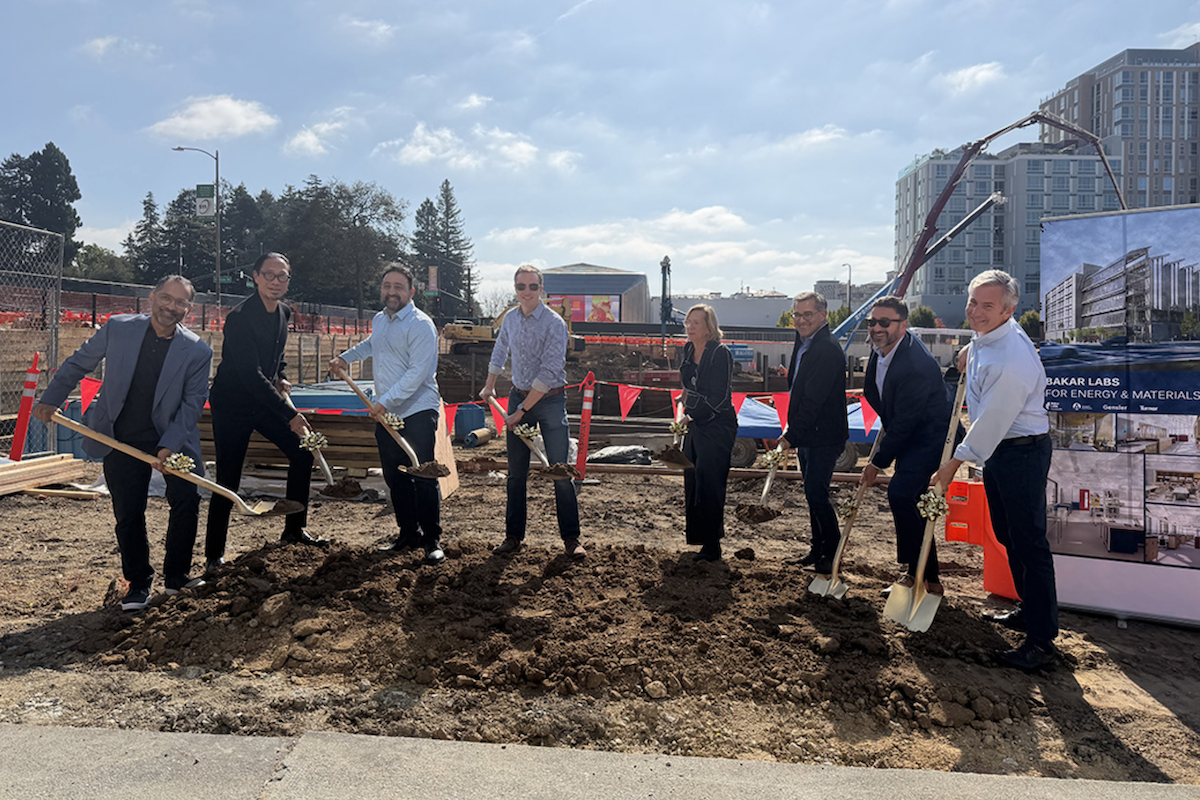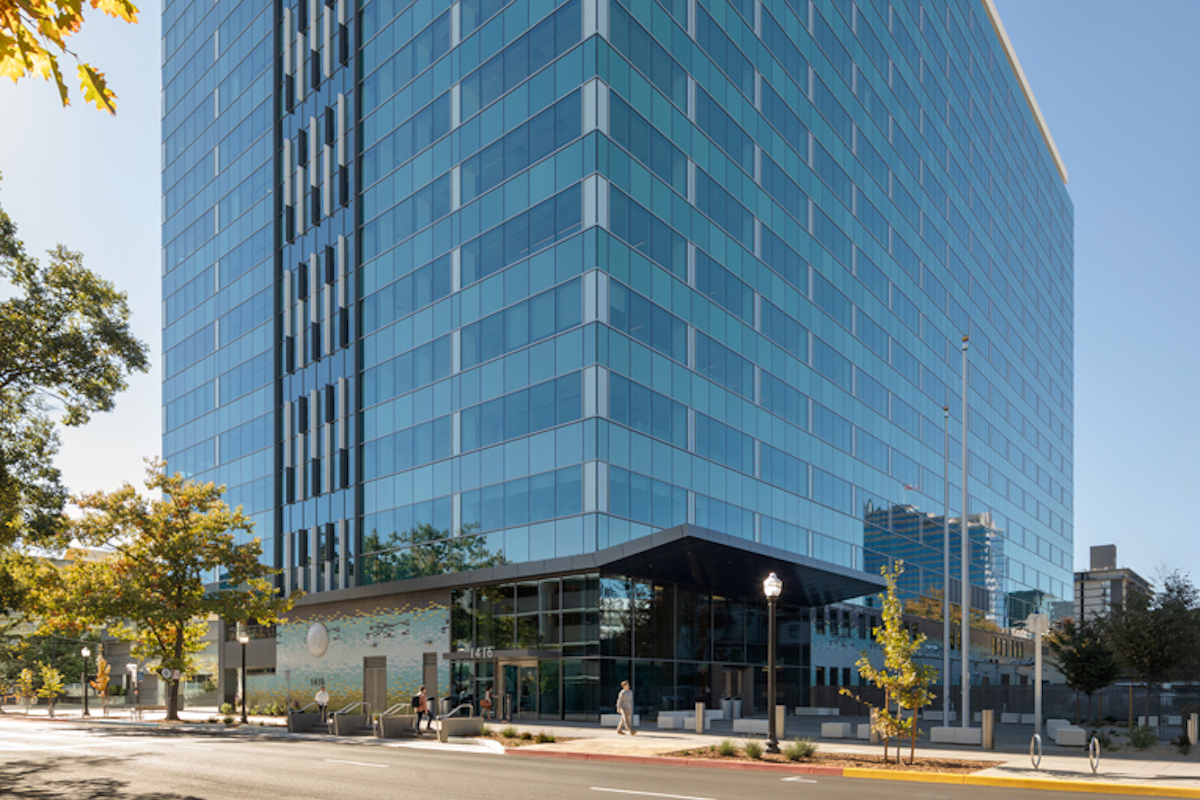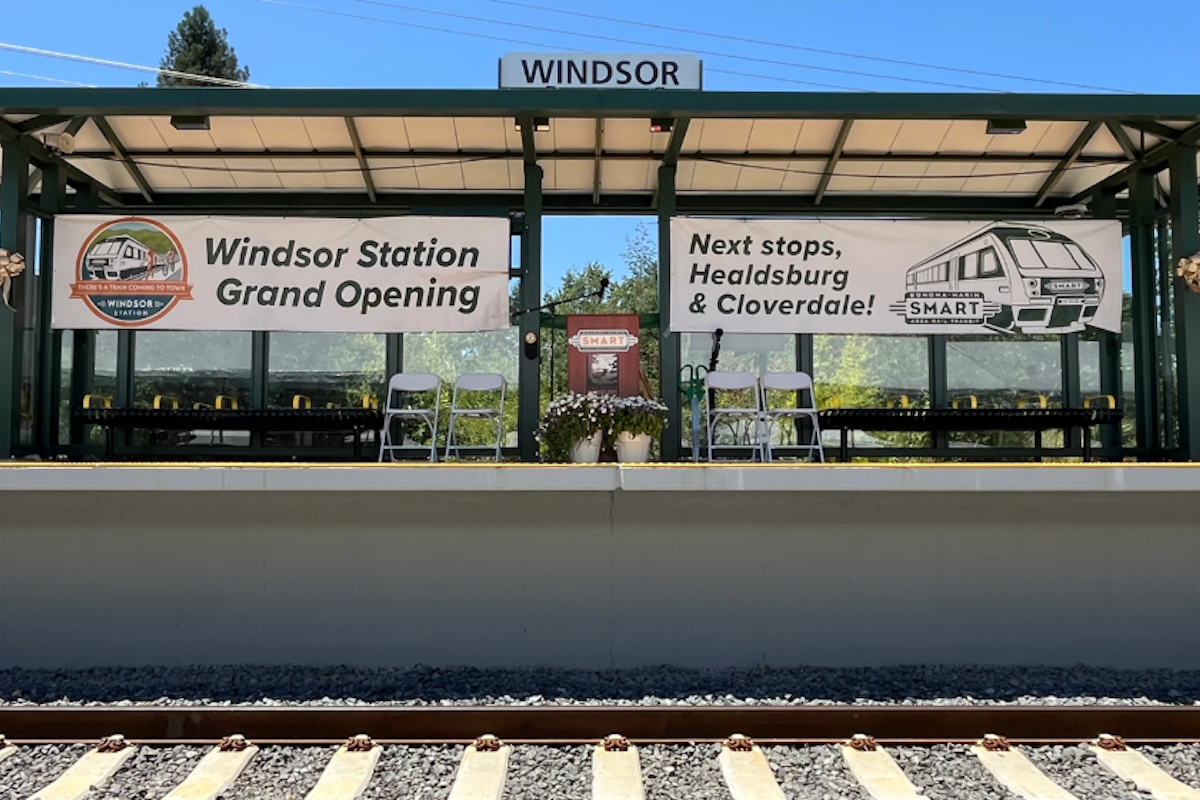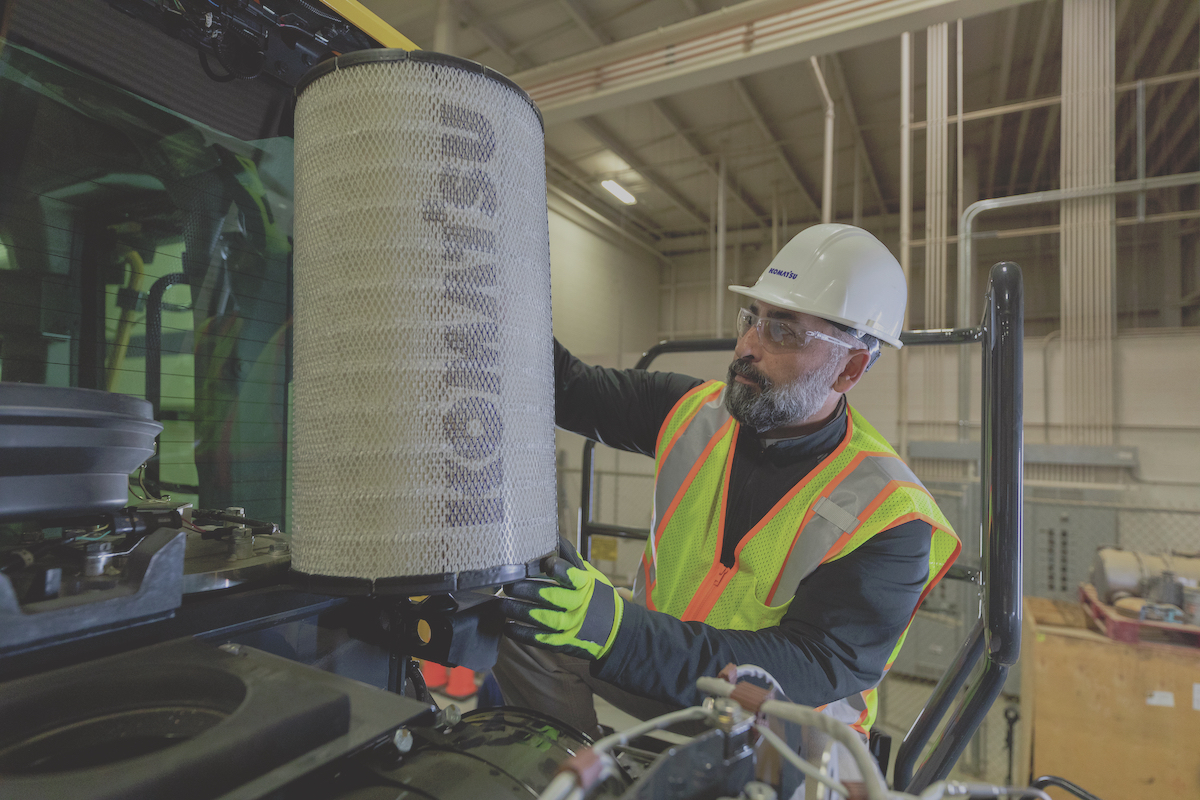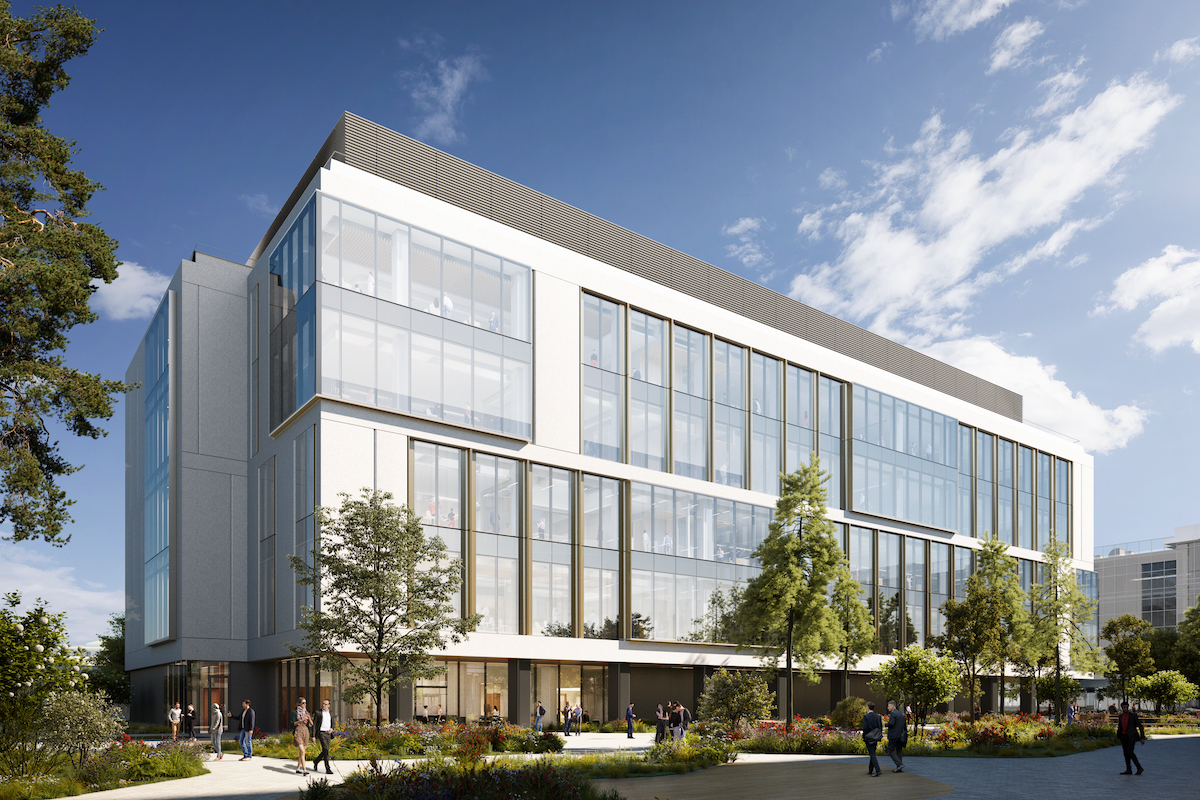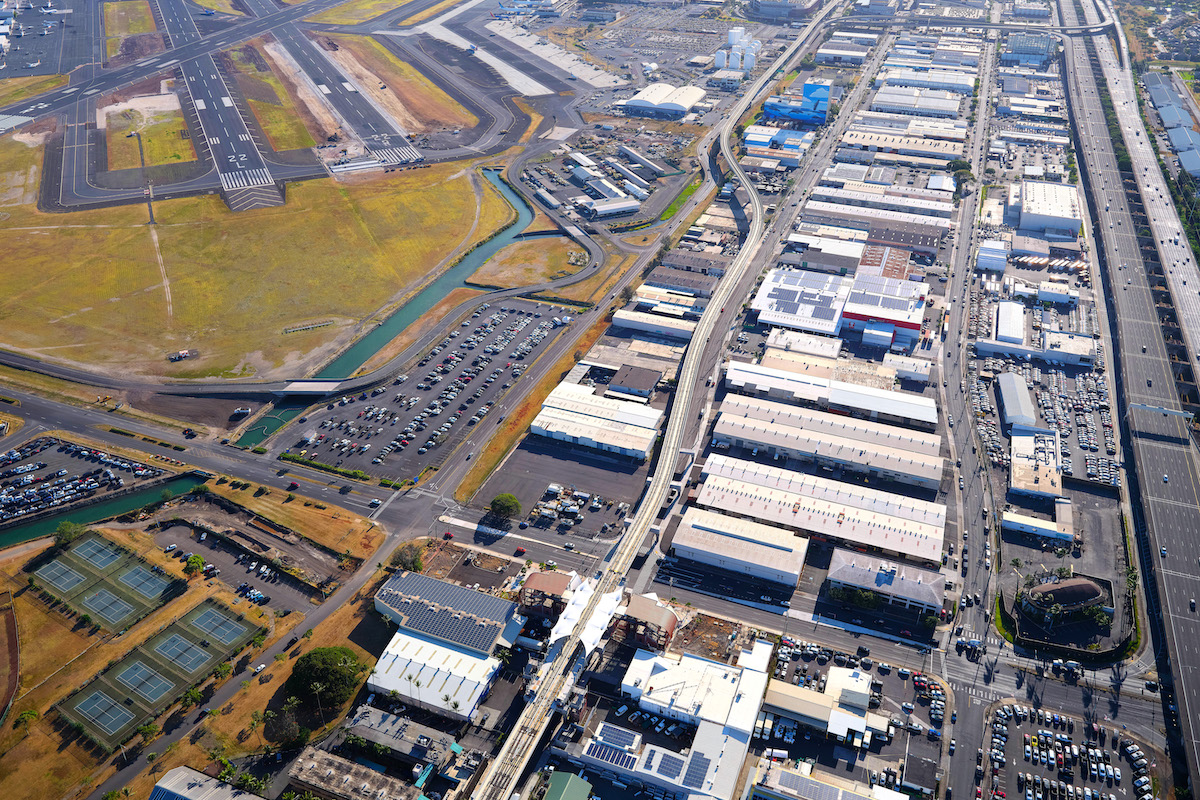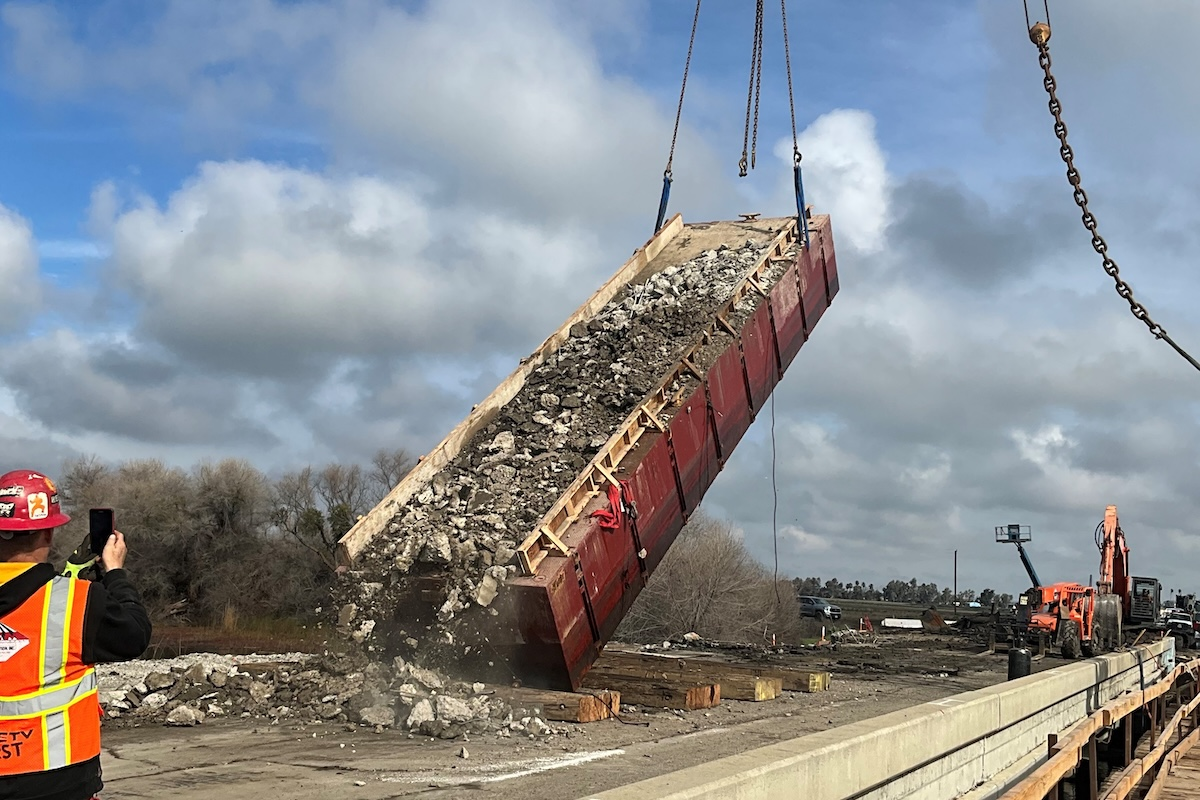To reduce congestion on the corridor and work towards the states progressive greenhouse gas reduction mandates by reducing Vehicle Miles Traveled (VMT), the team is building a carpool/HOV Lane in both directions of the highway. The lanes will be constructed out of the median. An auxiliary lane is also being added at various locations.
Besides increasing per-person throughput, the 24-hour carpool/HOV Lane is expected to encourage people to limit single-occupancy vehicles. This is to provide a reliable, congestion-free travel option throughout the corridor.
Another highway improvement in the NCC Program is the replacement and lengthening of the San Elijo Lagoon highway bridge, also known as the Manchester Avenue Bridge, to accommodate the carpool/HOV Lanes and help improve lagoon tidal flow.
“Widening the bridge gave us an opportunity to reverse some previous work done in the lagoon,” says Steve Welborn, a Public Information Officer with Caltrans. The bridge reconstruction, along with the comprehensive lagoon restoration in partnership with the Nature Collective, has brought safe and healthy habitats to the many species that inhabit the lagoon.

| Your local Gomaco dealer |
|---|
| Terry Equipment |
Other efforts around the lagoon include restoring wetland and upland areas, improving tidal flushing, and beach sand replenishment to Cardiff and Moonlight State Beaches.
Other highway work includes constructing multiple sound walls and a new multi-use facility. It will provide parking for carpools/vanpools, bike racks, infrastructure for electric vehicle charging stations, and recreational access to the San Elijo Lagoon and the new North Coast Bike Trail.
Nearby to I-5 are the tracks for the LOSSAN rail corridor, the second busiest intercity rail corridor in the nation, which supports commuter, intercity, and freight rail services. As part of this phase of the NCC Program, the team is double tracking 1.5 miles of this rail line split between various locations. This allows trains traveling in opposite directions to pass without slowing down or stopping, and increasing overall efficiency and service reliability.
Other completed project features include the lengthened concrete rail bridge above the San Elijo Lagoon, which also provided an opportunity to create a new pedestrian undercrossing, further enhancing coastal access. Additionally, at-grade rail crossing improvements were made at Chesterfield Drive in Encinitas. “The aim is to improve every area we touch,” says Welborn.
“There are multiple S-curves along this section of I-5,” says Chip Picheloup, a Construction Manager with FSSW, a joint venture between Flatiron Construction, Skanska, and Stacy and Witbeck. The S-curves impacted the staging. Typically, notes Picheloup, teams prefer to do the south side first and then turn around. “We did the low side and then came around to do the high side.”

| Your local Trimble Construction Division dealer |
|---|
| SITECH Southwest |
| SITECH West |
To increase work zone awareness and motorist safety, the team piloted the use of orange striping on the lane lines of I-5. The orange lane striping is intended to alert the public about the construction zone they are driving through, encourage reduced speeds, and increased caution as well as making the lane lines more distinct. Orange lane striping in work zones is the same color as traffic cones, drums, and signs, which makes it easier for drivers to recognize the work zone and exercise caution.
This has been done in foreign countries and two American states have experimented with it. Because the team is piloting the use of orange contrasted temporary pavement delineation, it needed approval from the Federal Highway Administration to use it.
Putting down the orange striping has been a challenge. “There’s no manual,” Picheloup says. “We were experimenting and there was lots of trial and error.” The team tried to lay it down multiple times, but it would not stick. The weather and temperature had to be just right to install the striping.
The team focused on determining the optimal thickness of paint, where to place the striping, and the best shade of orange. They have learned a great deal from doing this. “The learnings will go long way when it comes to the transportation manual,” says Brian Hadley, a Resident Engineer with Caltrans.
Best of all, the striping is improving awareness. Eighty percent of respondents to a public survey said the striping improved their awareness of the work zone. When the project is complete, the orange striping will be removed via water blasting.

| Your local Gomaco dealer |
|---|
| Terry Equipment |
The $870 million project is on budget. Funding is being provided by a combination of sources including the federal and state government as well as the regional via the TransNet sales tax. A significant portion of the state funding – $195 million – comes from Senate Bill 1, the Road Repair and Accountability Act of 2017.
The project began in fall 2021. The team expects the HOV Lanes to open to traffic in summer 2023 as scheduled. The team will need extra time to do water drainage construction and native plant establishment, which will continue after the lanes have opened.
Upon completion of the North Coast Corridor Program, people who live in the area and those who travel through will enjoy increased trip reliability. There will be an increase in biking and pedestrian access, as well as plant and animal habitat restoration and fish life will be restored.






















